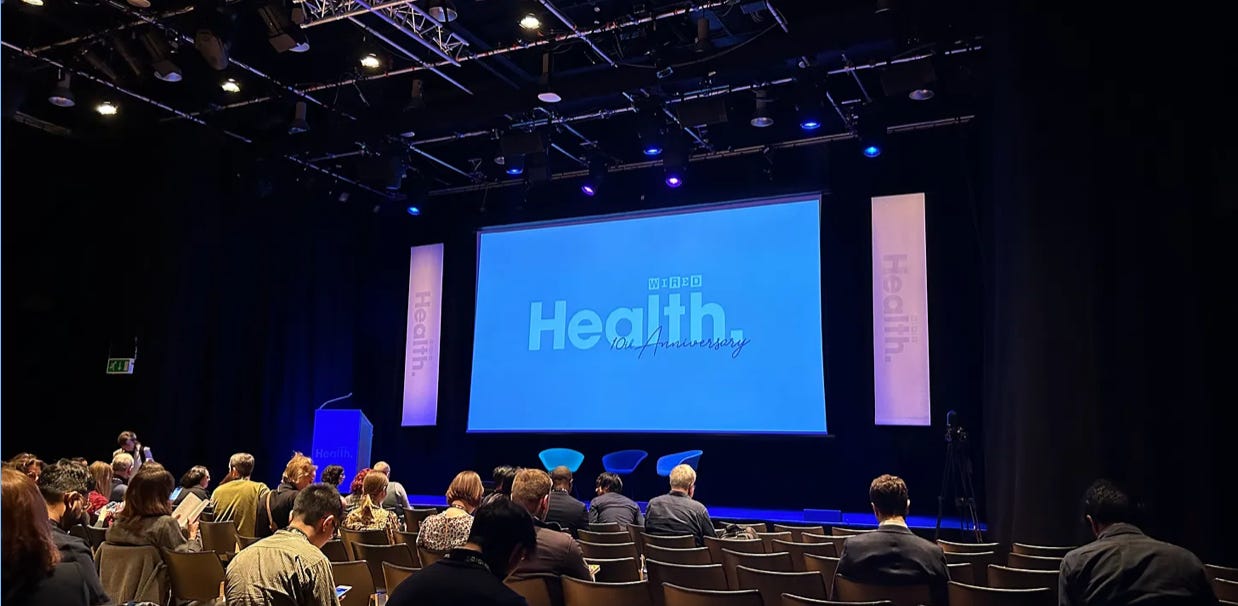Brain robots, biowearables, AI & femtech: What we learned at WIRED Health
Notes from the cutting edge of wearables and digital health tech
Welcome to this week’s free PULSE by Wareable newsletter, where we’re reporting from WIRED Health in London.
We attended the one-day event at Kings Place last year, and it provided a fascinating insight into the world of connected health technologies. This year has been no different.
Read below for our picks of the conference tracks, hot topics, and exper…
Keep reading with a 7-day free trial
Subscribe to PULSE by Wareable to keep reading this post and get 7 days of free access to the full post archives.



